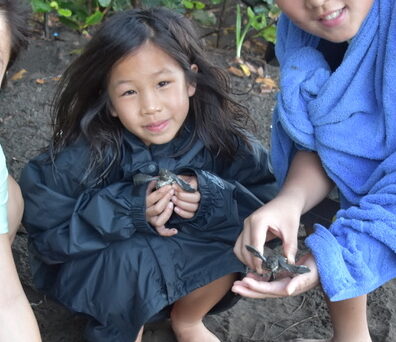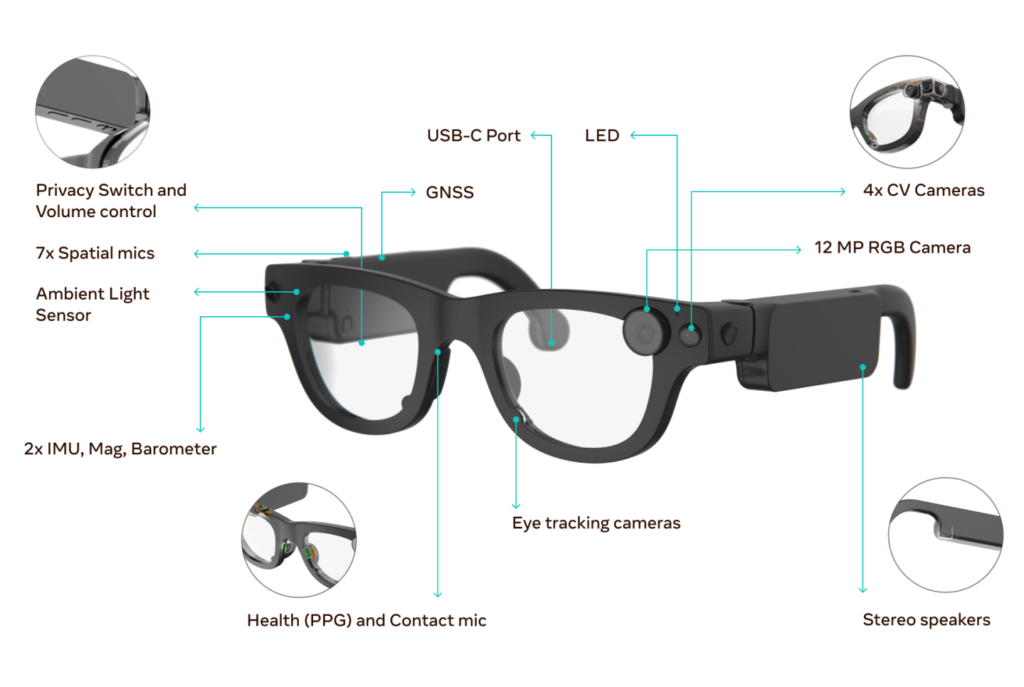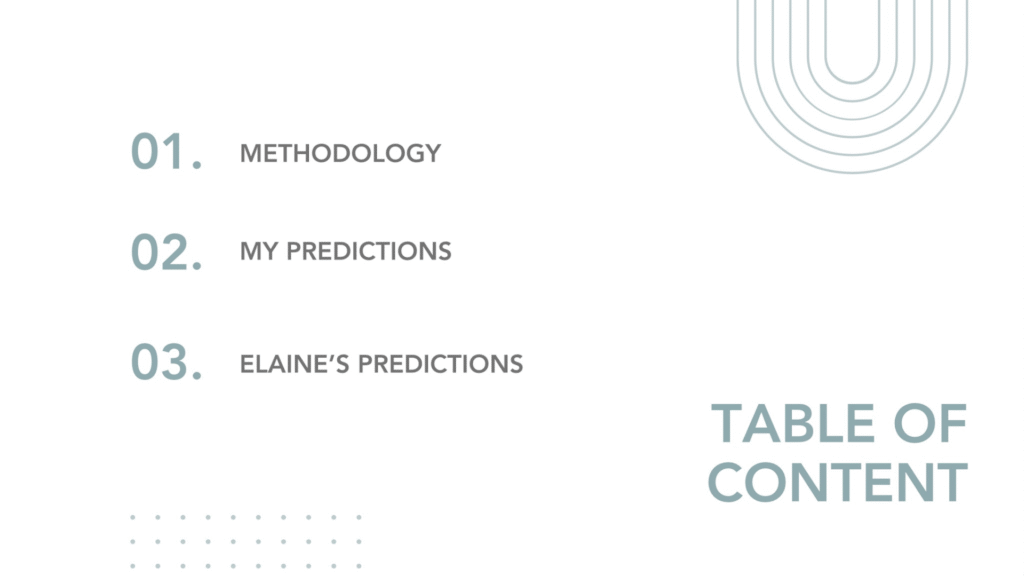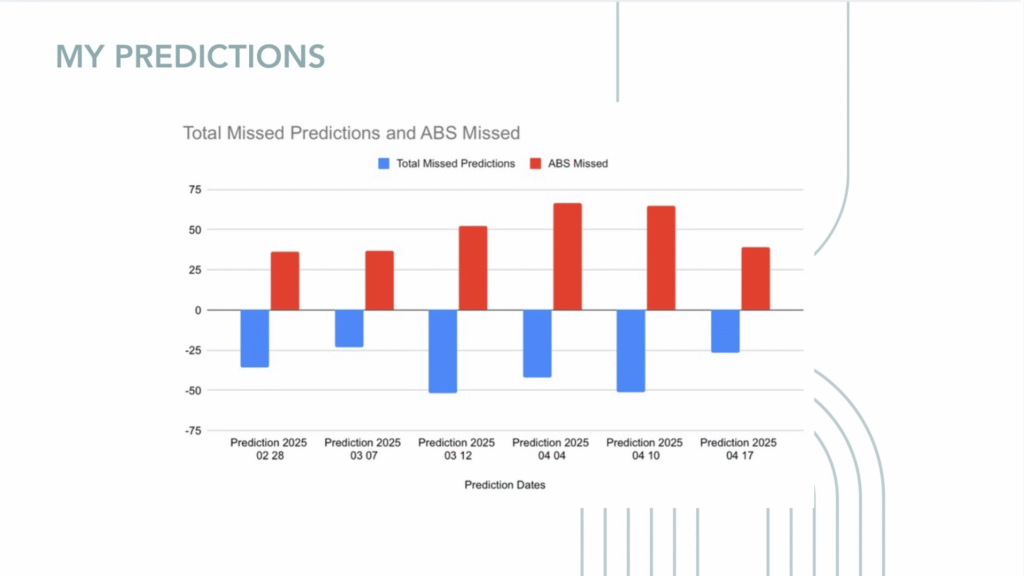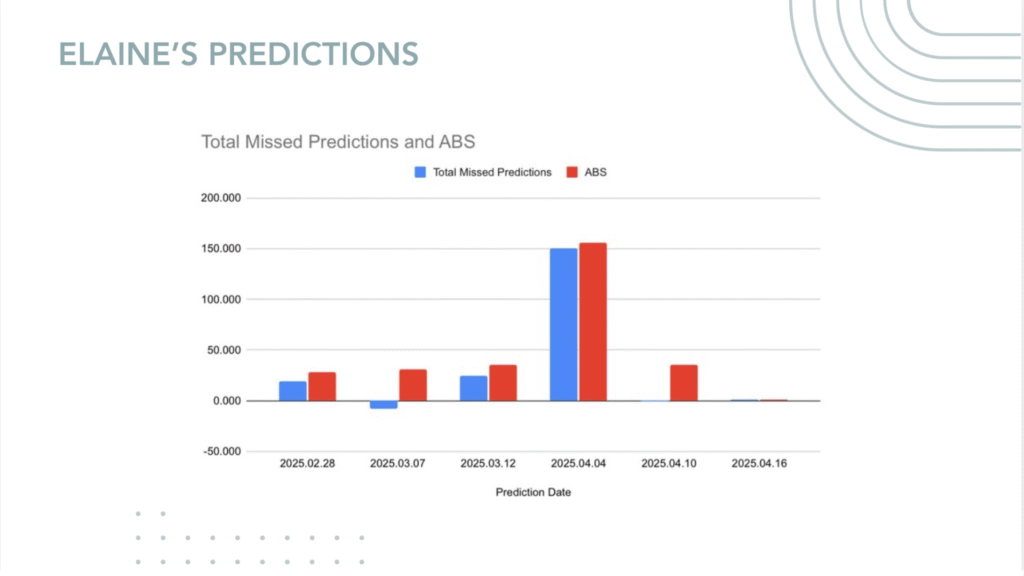Remembrance Day Poppies
I made this poppy in vector form using Adobe Illustrator.

Tech Journal #1: Communicating Self-Driving Cars
Credits: AutoTech.News
NYU Tandon School of Engineering has found a way to allow self-driving cars to share knowledge with other cars, allowing other cars to learn about road conditions and experiences of other vehicles. The technology is called Cached Decentralized Federated Learning (Cached-DFL), which allows individual vehicles to train their own AI model, instead of a central one. When coming within 100m of another car, high-speed communication can be exchanged between each car’s AI model. The technology goes even further, allowing cars to store up to 10 other models and share them with other cars, deleting older models automatically to reduce outdated information. The technology allows for cars to learn about road conditions, obstacles, and signals without having to experience that itself – even without coming near the car that finds the information.
This seems like an underrated but incredibly useful tool for many situations. On the topic of self driving cars – as the tool is currently designed for – this seems like a great way to train many self-driving cars quickly and safely without years of development. Also, it is could be very helpful for time-specific events, such as wet roads, traffic, or an accident, as the other cars could be alerted and plan alternate routes that would save time or even prevent crashes. I think the most useful part is the fact that up to 10 other models can be stored and passed on, as this will allow information to spread very quickly within the fleet, as the original car that encountered the problem/information does not need to drive near every other car in the fleet – it can be passed on through other vehicles, which allows the information to spread exponentially. This technology could even be applied to other situations, such as drones, as information can be communally shared, strengthening the knowledge of each individual unit. In conclusion, I think that this tool has the potential to be so useful for the self-driving car market and beyond, and could change/advance new technology.
Tech Journal #2: Transpod
This new technology is a high-speed magnetic “train” that travels in a closed tube, allowing extremely high speeds to be reached – without the limitations that normal train travel encounters. The train, in theory, floats inside the depressurized tube. Propelling itself through the tube, levitating, the train is able to reach incredibly high speeds, due to almost no friction slowing it down. The propulsion system uses magnets and plasma. Construction of a test track for the technology is supposed to start this year. If this technology comes to fruition and the designers are able to get this technology to work, the train could be able to achieve 1000kmh+, which is even faster than a commercial airplane! According to the designers, the system would be able to use renewable energies, which could bring down the environment impact of the technology. The first train, the company says, will be able to hold 54 people and cost $40-$60 per ticket.
I think that although this technology seems like a great idea, I am not sure that we have the technology needed for this system quite yet. Although it doesn’t seem too far-fetched, there are still many hurdles that need to be overcome, such as how to power the vacuum tube, how to design the trains to handle the wear and tear such speeds exert on the structure, and how to keep costs down to make the technology feasible for use. But, if the designers are able to find the answers to these problems, the Transpod could be a game-changing idea. First of all, it could eliminate/reduce the need for inefficient, polluting transportation devices and replace them with fast, clean trains. This technology could be a step towards a slowing climate change and reducing emissions, all while advancing the efficiency of transportation. According to a feasibility study for the project, a Edmonton-Calgary line could create up to 140,000 jobs and add 19.2 billion to the GDP. These are not small numbers at all – at this moment, 2.6 million people are employed in Alberta, so just this project could add 5% more jobs to the province. I hope that this idea can be implemented in the future, as it could help solve some very large problems in Canada (and maybe even the world), but I don’t want to get my hopes up too much, as this technology is still little more than an idea at the moment.
Tech Journal #3: Smart Roads
Credits: Tomorrow City
Smart roads are a new invention that allows information about roads such as conditions or traffic to be monitored and uploaded to the Internet of Things (a network of objects that can exchange data) so the data collected can be analyzed. Tools such as cameras, radar, and sensors can allow real-time things to be known and situations can be improved. The longer-term data accumulated can be used to improve overall traffic on the road, prevent accidents, and possibly reduce CO2 emissions. This technology has already been invented and tested, but is not yet used on a large scale, due to the cost and difficulties associated with implementing it on a large scale, for example on all the highways in a city. If used, the technology allows the ability for less congestion, improve biker and pedestrian safety, and improve road layout/conditions and emergency response.
I think that this is yet another genius idea with quite numerous upsides. Although it uses already invented technology, by connecting all the sensors, cameras, etc. greater things can be achieved than by the equipment itself. The fact that the technology is already invented is yet another upside, as it means that there is nothing new that needs to be developed – it just needs to be scaled for cities to be able to use it. Also, when implemented the the technology has the potential to save a lot of time and money. By being able to analyze traffic, and road conditions + design, the roads being monitored can be tweaked or new parts added to improve the design. For example, the technology could use data about traffic patterns to adjust the timing of traffic lights to reduce congestion at certain busy parts of the day. Also, the frequency and place of crashes/near misses can be used to determine which areas need to be redesigned to improve safety. Smart roads even have the potential to help emergency services, by being able to contact them as soon as an accident happens and know the exact spot (using cameras), so that help can arrive ASAP. In all, I think that this technology, although may be expensive/difficult to implement, will help greatly improve all aspects of roads that need work, and save time, money, and lives.
Tech Journal #4: BYD Fast Charging
Credits: Electrek
https://www.cnn.com/2025/03/18/cars/china-byd-supercharging-system-ev-tesla-intl-hnk/index.html
A chinese electric car company has developed a new EV fast charging system that could allow the battery to add 400km of range in just 5 minutes of charging. The system uses a 1000kW chargers for the system – as a comparison, Tesla superchargers use 250kW chargers, which take 15 minutes to add 275km of range. This technology is a big leap for electric car companies, as before the high voltage and strong batteries needed for faster charging was a big obstacle. BYD has overcome these obstacles by reducing the resistance of the batteries, allowing less heat to be produced as they charge. The car company plans to install 4,000 of these fast charging stations, and they can be used by 2 of their new models.
I think that this new system is a big new development for the electric car sector. Although other companies are yet to catch up with this system, it has now been proven that it is possible to lower electric car charging times down to the rate at which it takes gasoline cars to fill up their tank. The invention of this takes away one of the major downsides that EVs have – the fact that it take so long to charge them. Due to EV sales going down – especially in north america, this invention may prove to make a change. I think that this new technology is a good idea, but I am still a bit skeptical about how it will work out. The new technology will be quite expensive, as the batteries will cost more, and so will the charging, as more power is needed. Due to needing more power, there will be an uptick in the charging costs. Also, as this is a new technology, it is not known what the effects on the batteries will be in the long term. In all, I think that this technology is a good idea, but there may still be a while before it is implemented everywhere, and the disadvantages are worked out.
Tech Journal #5: Wooly Mice
Credits: Scientific American
An American company called Colossal Biosciences is trying to bring back, or “de-extinct” woolly mammoths by genetically modifying Asian elephant genes. So far, the company has already created “woolly mouses”. The company tried to use gene editing techniques to modify mouse stem cells and change the mouse’s hair colour, texture, length, or pattern. It was a success, with some individuals exhibiting all the edits. So far, the company has not been able to re-create wolly mammoths, but the mouse experiment is a good sign that doing so may be possible. But, Robin Lovell-Badge, the head of stem cell biology and developmental genetics at the Francis Crick Institute in London, says that some “cute-looking hairy mice” were created, but their physiology and behaviour is still unknown, which does not help the researchers get any closer to creating a woolly mammoth. He also points out that mice are quite different genetically from mammoths and mammoth genes are still unidentified and unknown. However, the chief executive of Colossal says that although it may not get them much closer to their final goal, it is a “massive validating point”.
I think that this technology is a good idea, although we are still not close to being able to de-extinct animals as Colossal Biosciences says. Extinction is a very big problem, and if we can bring back these animals, that is a great thing. Also, as the company says, de-extinction is a key part of something called re-wilding, where previously extinct animals are placed into their original habitats so that they can reverse the effects of climate change. This aspect is something that I would not have thought of, but makes sense. As the company says, if mammoths are brought back to the tundra, they can stir up the ice by stomping on it, releasing carbon-trapping gases. This is an exciting prospect, but again, there are still so many challenges on the way to achieving this goal. Something like this has never been done, or even attempted, before. It is already increasingly difficult to edit the genes of mice, animals that we know a lot about. We still know almost nothing about woolly mammoth genes, so it will be even more difficult to re-create them like the were before extinction. In conclusion, I think that if what the company is proposing is able to be completed, than it will be an incredible accomplishment with big implications, but we are still very far from Colossal being able to create Woolly Mammoths.
Tech Journal #6: China’s Supersonic Airplane
Credits: South China Morning Post
China has now entered the supersonic jet race, with plans for a “concorde-beating” plane. The state-owned Chinese company Comac will produce the airplane, but no timeline for the release has been given. The jet is supposed to be able to fly up to Mach 1.6 (approx. 2000kmh), quite a bit slower than the concorde’s top speed of Mach 2. Also, although much shorter than the Concorde, it should be able to fit 60+ more passengers, and travel over 4000km farther per flight. Aside from the range and capacity, this supersonic jet has another, possibly more important feature. Due to travelling over the speed of sound, the Concorde would produce an extremely loud sonic boom, at 105 decibels (for reference, according to google a jackhammer is only 100 decibels). The chinese airplane hopes to change this by using a “reverse-camber” fuselage to reduce shock waves.
If produced, this aircraft has the potential to change the airplane market – and create some good competition in the supersonic jet sector. As there is another company trying to do the same thing as Comac, each may try to make their planes even better, to gain an advantage, which will help the technology develop more quickly. Also, as the jet has the potential to be much quieter than the Concorde and have a higher range, there will be a much wider range of routes that it can service. The concorde was not able to fly over land due to the sonic boom, but if the 85 decibel predicted noise is achieved, this constraint would not be put on this airplane, which would open up so many more places to fly to. This chinese airplane could even be better than another prototype, the American Boom overture. In terms of specs, it is very similar to the concorde, having the same length, a slightly higher range, but not being able to carry as many people. Compared to this prototype, it is not even close, with Comac winning in almost every metric. If the airplane can be produced, and the specs are as stated, the whole sector of air travel could be different. Some of the larger commercial airplanes, for example the Boeing 787, are not all that different in terms of range and passenger capacity than the Comac. Although being able to carry 100+ more passengers and travel 3000km more, the worth of high speed cannot be understated. Many people would be willing to pay more to arrive at their destination faster, so the supersonic plane has great potential to gain interest from current airlines. Although we are very far off from the production of this airplane – a prototype hasn’t even been made yet – we are in exciting times in terms of air travel, as there are now 2 companies trying to create a concorde-like airplane, which could change not just air travel, but all travel. Maybe now these companies can do something that the concorde couldn’t – change the world.
Passion Project #1
I used Adobe Photoshop to create a funny airplane picture.

Passion Project #2
I made a mailchimp campaign with a google form and custom maps for a Canada Day Party.
Passion Project #3
I added new content to my old website.
Passion Project #4
For this project I edited a drone video and added music to it.

